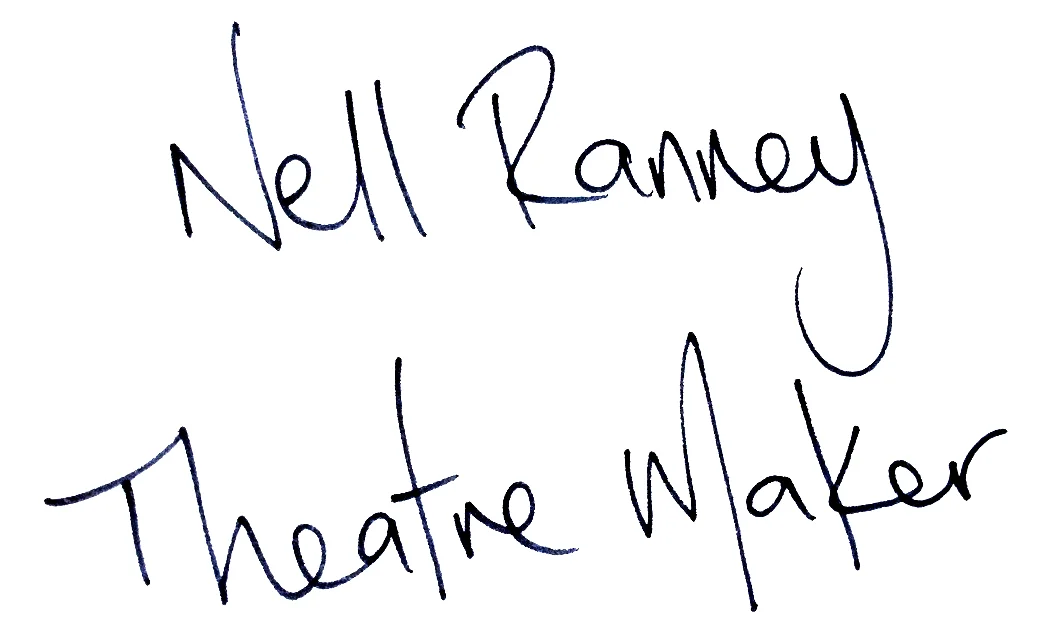OBSERVING PATTERNS IN NATURE
I’ve begun to notice a pattern amongst my friends that after hitting the age of 30 they immediately take an interest in gardening. And I’ve completely fallen into this stereotype myself! After leaving my position at Belvoir I found myself with time on my hands and a craving for personal nourishment, so I took myself up the coast to study a Permaculture Design Certificate.
This adventure may have seemed out of the blue, but to those who knew me it made perfect sense. I’ve always been inspired by the little I knew of the principles of permaculture, from way back when one of my favourite university lecturers, Bill Blakie, managed to weave it into our theatre making course. It seemed like a universal guide to both the functional and human side of making work. Things like diversity equals strength, minimising waste, finding multiple yields form one source and engineering maximum yields for minimum effort; principles I have found myself coming back to again and again.
What’s more is that permaculture is essentially the art of observing the patterns that occur in nature, to then design your own living systems that accelerate and sustain growth. And this is a type of knowledge I would love to have as a human, out of duty and respect for the planet. Growing up in the city, these kinds of lessons are too easy to miss, simply by default. Tuning into the natural world, gives you so much more than gardening skills.
And it was two weeks of very dense learning, overwhelmingly so. There were so many rabbit holes you could jump down and nerd out in! But I became comforted in the fact that across the group there was a natural spread of the areas of interest and expertise. That successful growth does not come from one mind in isolation.
I got excited learning about patterns. That the design patterns that encourage growth are stronger with curves rather than straight lines, simply because they have more edges. In permaculture they talk about the ‘edge theory’ where life is most abundant at its edges. Quite simple because there is more diversity in an area where two environments crossover and meet. And this works on both a macro and a micro scale.
More of these guiding principles that resonated with me include observing your environment to interact with it, choosing to integrate rather than segregate, accepting feedback and applying self-regulation and finally, embracing change by using it for creative response. Now there are some rules to live by!






